Cost Efficiency and Flexibility
The Robotics as a Service Market is experiencing a surge in demand due to the cost efficiency and flexibility it offers to businesses. Companies are increasingly seeking ways to reduce operational costs while maintaining high productivity levels. By adopting robotics as a service, organizations can avoid the substantial upfront investment associated with purchasing robotic systems. Instead, they can opt for subscription-based models that allow for scalable solutions tailored to their specific needs. This flexibility enables businesses to adapt quickly to changing market conditions, thereby enhancing their competitive edge. According to recent data, the market is projected to grow at a compound annual growth rate of over 30% in the coming years, indicating a strong shift towards this model as companies recognize the financial benefits of outsourcing robotic solutions.
Enhanced Operational Efficiency
The Robotics as a Service Market is significantly driven by the need for enhanced operational efficiency across various sectors. Organizations are increasingly leveraging robotic solutions to streamline processes, reduce human error, and improve overall productivity. Robotics as a service allows companies to implement advanced automation technologies without the burden of maintenance and upgrades, which are typically included in service contracts. This model not only optimizes workflow but also frees up human resources for more strategic tasks. Recent statistics suggest that businesses utilizing robotics can achieve productivity gains of up to 40%, further underscoring the importance of operational efficiency in driving market growth.
Growing Demand for Customization
The Robotics as a Service Market is increasingly influenced by the growing demand for customization in robotic solutions. Businesses across various sectors are recognizing that one-size-fits-all approaches may not meet their unique operational needs. As a result, service providers are adapting their offerings to include customizable robotic solutions that cater to specific industry requirements. This trend is particularly evident in sectors such as manufacturing, logistics, and healthcare, where tailored robotic systems can significantly enhance productivity and efficiency. The ability to customize robotic services not only improves operational outcomes but also fosters stronger partnerships between service providers and clients, thereby driving market growth. It is estimated that customized solutions could account for nearly 40% of the market by 2026.
Integration of Advanced Technologies
The Robotics as a Service Market is being propelled by the integration of advanced technologies such as artificial intelligence and machine learning. These technologies enhance the capabilities of robotic systems, enabling them to perform complex tasks with greater accuracy and efficiency. As businesses seek to leverage these advancements, the demand for robotics as a service is expected to rise. The ability to access cutting-edge technology without the need for significant capital investment makes this model particularly attractive. Furthermore, the continuous evolution of AI and machine learning is likely to lead to more sophisticated robotic solutions, thereby expanding the market's potential. Analysts predict that the incorporation of these technologies could lead to a market expansion of approximately 25% over the next five years.
Increased Focus on Safety and Compliance
The Robotics as a Service Market is witnessing an increased focus on safety and compliance, particularly in sectors with stringent regulatory requirements. As organizations strive to maintain high safety standards, the integration of robotic systems can play a crucial role in mitigating risks associated with human labor. Robotics as a service allows companies to implement safety protocols effectively while ensuring compliance with industry regulations. This is particularly relevant in industries such as manufacturing and healthcare, where safety is paramount. The ability to deploy robotic solutions that adhere to safety standards not only protects employees but also enhances operational reliability. As a result, the market is expected to see a rise in demand for robotic services that prioritize safety and compliance, potentially leading to a market growth of around 20% in the next few years.


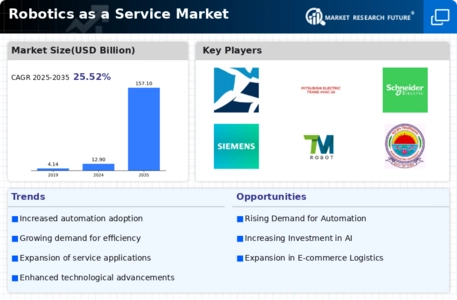
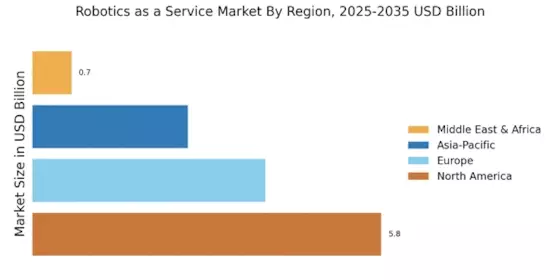

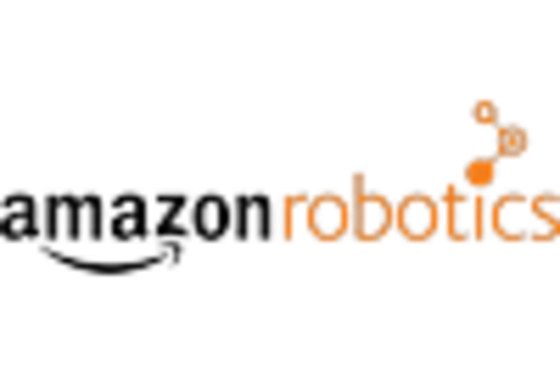
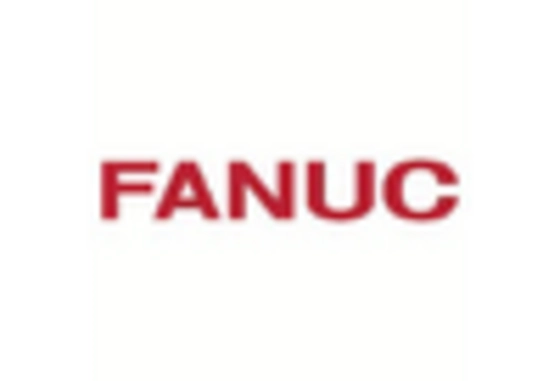
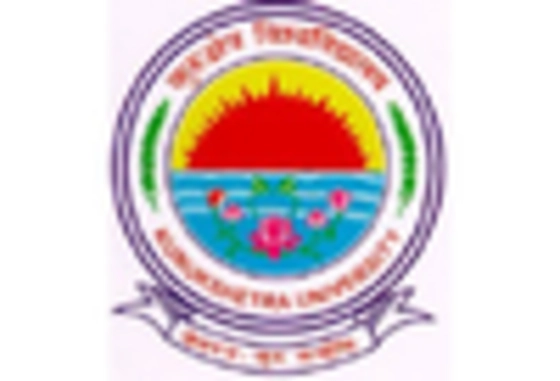

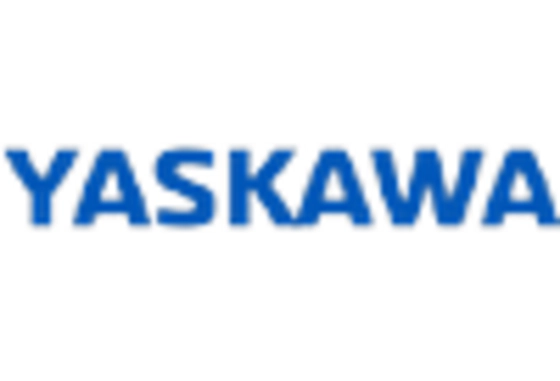








Leave a Comment